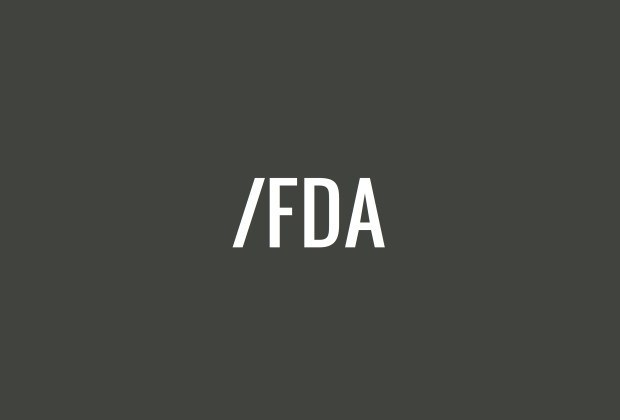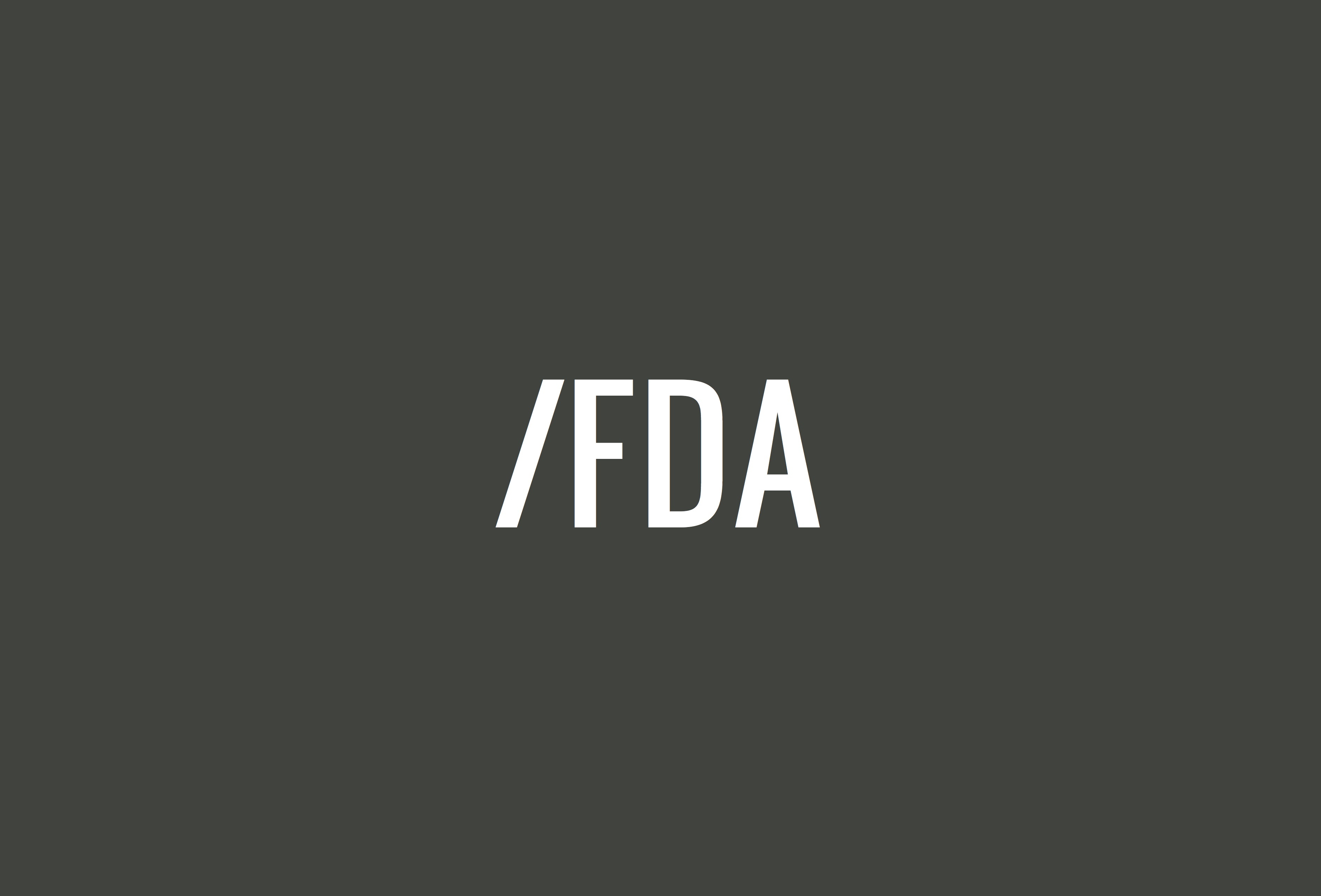Six of the world’s largest cigar companies have filed joint comments regarding the FDA’s regulation of premium cigars, advocating that the agency is not able to justify the costs of regulation against its public health mission.
Those companies include Davidoff, Drew Estate, General Cigar Co., Tabacalera Perdomo, Tabacalera Unidas (CLE) and Tabacalera USA (Altadis U.S.A.) Those companies are all members of the Cigar Association of America (CAA), a group that includes mass market cigar makers as well. Of note, the joint comments are only on behalf of these companies and not on behalf of CAA itself.
To learn more about the FDA’s regulation of cigars, click here.
THE BASICS
The comments are filed as part of the U.S. Food & Drug Administration’s (FDA) comment period on substantial equivalence, one of the pathways manufacturers can use to gain approval for tobacco products from the agency. FDA is in the process of redoing its substantial equivalence process in order to make it more streamlined for both manufacturers who apply for substantial equivalence and the agency itself. As part of that overhaul, the agency is required to solicit comments from the public and industry about what it should do.
That being said, the comments aren’t about how to streamline the substantial equivalence process. Rather, they call for FDA to exempt premium cigars from having to go through the approval process. Technically, the comments do not specifically argue for an exemption from warning labels, though they do disagree with the regulatory process for premium cigars as a whole.
Due to a recent court case, substantial equivalence is set to be due on May 12, 2020, a date that the cigar industry is appealing in separate court filings. Up until that court decision, the reports were not due until August 2021.
THE ARGUMENTS
None of the arguments made in the comments from these six manufacturers are new to the fight by cigar companies against FDA regulations.
The companies say they have three central arguments:
- The scientific and legal reasons premium cigars should be exempt from regulation
- The Proposed SE Rule as written is unworkable for premium cigars and does not account for the unique aspects of premium cigars
- the economic impact of the Proposed SE Rule would result in a ban on much of the premium cigar category
THE SCIENCE & LEGAL REASONS
These are largely related to the science-based arguments, particularly whether or not regulating cigars would have any impact on the stated mission of FDA’s regulations: improving public health and reducing youth access to tobacco.
The recent PATH study, a large government-funded study about tobacco use broadly, is referenced frequently. A recent analysis from the study—which is an FDA study—researchers found a number of data points that are helpful to the cigar industry about why the regulations might not have any quantifiable impact on public health or youth access:
- Less than 1.1 percent of the population smoked premium cigars
- The median age someone tried their first premium cigar was 24.5-years-old
- Youth use of premium cigars was so small that it could not be reliably quantified
- That the median cigar smoker smoked 1.7 cigars per month. Additionally, other FDA studies have found that smoking up to two cigars per day did not significantly increase death or smoking-related cancers
There are some arguments about substantial equivalence, specifically regarding the requirement for manufacturers to need to apply for each different product count, even if the product is the same. That would mean that if a manufacturer sold a cigar both in a box of 25 and in a three-count soft-pack, the manufacturer would have to apply for substantial equivalence for each product as if the cigars were different, doubling the cost.
PREMIUM CIGARS CANNOT BE TESTED ACCURATELY
Most of the discussion of substantial equivalence itself focuses on one component, the testing of cigars. Specifically, the process is known as an HPHC test, testing for harmful and potentially harmful constituents. It’s not a test administered by FDA, rather, manufacturers would need to have a laboratory test the cigars and then turn the result into FDA as part of a substantial equivalence report.
In March 2019 the agency indefinitely delayed this deadline for testing and still has not announced what an HPHC test for cigars or premium cigars would need to include.
The manufacturers, as well as most of the premium cigar industry, argue that testing premium cigars would be uniquely challenging, if not impossible because of how cigars are made. Unlike cigarettes which are made by machines, contain chemical and other non-tobacco components, cigars are essentially made with only tobacco and are made by hand. The companies also note that cigar makers don’t use fermentation in a scientifically accurate definition of the word, rather, they cure tobacco using what is nearly fermentation but fails to meet the anaerobic process required. In addition, the curing methods are different throughout the industry.
All of this means that comparing a cigar to another one from the same box can produce wildly different results because premium cigars, despite the best efforts of manufacturers, aren’t identical. For example, the comments cite an FDA study from last year that examined cigars for product size, dry nicotine content, and tobacco pH and the companies claim that researchers found that it was not possible to replicate the results of the initial test between the first and second tests
Because the variance for just a box of cigars is expected to be much wider than what FDA normally sees in data, the companies argue they might be required to conduct far more testing than what would be required for other products and greater than what FDA anticipates, increasing the costs.
THE ECONOMIC IMPACT
There isn’t a ton of data behind some of the specific claims made about just how much substantial equivalence will cost, but the companies make it clear they don’t think FDA came close to estimating it properly. In 2016, FDA estimated that a full substantial equivalence report would cost $22,787. The companies claim that’s not close to accurate.
They cite testing numbers for cigarettes and smokeless tobacco to be between $80,000-100,000 per product. For reference, one lab told halfwheel that it estimates that the testing process for premium cigars could cost as much as $20,000 per SKU. The companies also dispute FDA’s estimate that a full report would take between 87-300 hours, saying that one company with experience in filling substantial equivalence reports says that it would take approximately 900 hours per product.
The comments go beyond just an estimate of how much a single test would cost, instead of estimating what would happen to the cigar market in a world of testing. The CAA previously commissioned Policy Navigation Group to study the issue, and they found:
The premium market, the last row in Table 12, shows a much more significant effect. There are assumed to be 6,000 SKUs in a market with sales of approximately $175 million. On average, average prices must rise by 46 percent to offset the regulatory costs. This sharp price rise saps consumer demand; consumer demand is estimated to fall from $175 million per year to around $22 million per year. With this sharp fall in demand, very few existing firms could remain in business….The market impacts in the premium market are even more severe. Based on the reported elasticities, consumers would almost completely shift away from premium cigars to other cigars or other luxury goods.
It should be noted that until FDA finalizes it new substantial equivalence process and the HPHC guidelines for cigars, no one—including FDA—will really know the actual costs.
FLAVORED CIGARS
The comments are most notable for what they don’t say: flavored cigars.
Under the definition of premium cigars proposed by these manufacturers, flavored premium cigars would be exempt. The group is using a definition frequently used in proposed regulation:
- wrapped in 100 whole tobacco leaf;
- contains a 100 percent tobacco filler;
- is made by manually combining the wrapper, filler, and binder;
- contains no filter, tip or non-tobacco mouthpiece;
- has no filter, tip, or non-tobacco mouthpiece and is capped by hand;
- weighs more than 6 pounds per 1000 units
This definition makes one modification to that which is used in proposed legislation in Congress, notably that some cigars made in the U.S. that are made by both hand and machine—which would affect J.C. Newman—are not included.
ADDITIONAL COMMENTS
These comments are the first of what is likely to be a trio of important filings by the cigar industry as a whole. The Cigar Association of America is expected to make comments that will be different from these six manufacturers. In addition, the Cigar Rights of America (CRA) is also expected to file comments on behalf of a much larger group of manufacturers.
All three comments are expected to be different.
“We fully support CAA’s incredible work in challenging current FDA regulations, which are wrong for all cigars, and recognize that certain aspects of FDA’s regulations uniquely and disproportionately impact premium cigars,” said Javier Estades, president and ceo of Tabacalera USA, in a press release. “We therefore decided to come together to address these issues head on.”
Estades also serves as the chairman of CAA.


